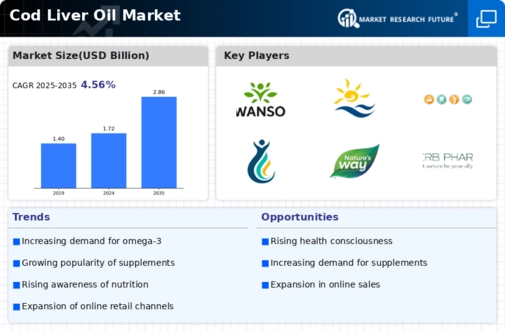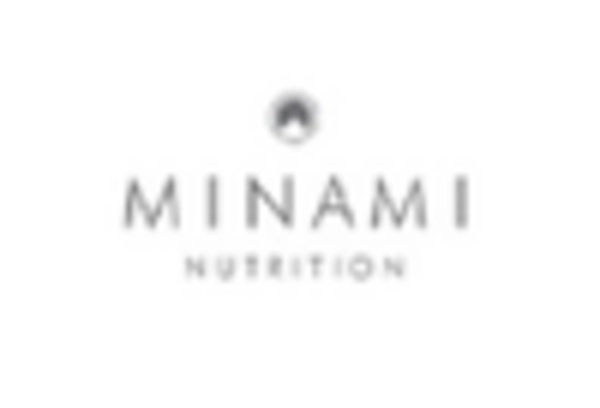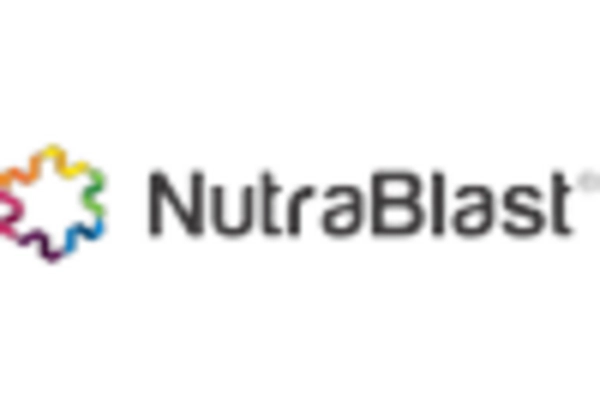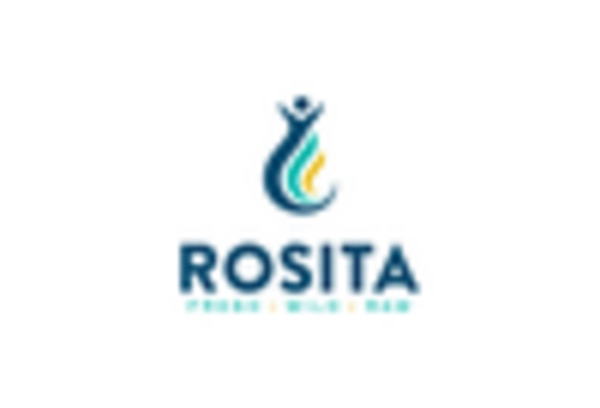Market Analysis
Cod Liver Oil Market (Global, 2023)
Introduction
Cod liver oil has gained considerable attention in recent years. In a society that increasingly seeks natural and holistic health solutions, cod liver oil has become a popular dietary supplement for a wide audience of health-conscious people, athletes and those who want to supplement their diet with nutrients. There is a wide variety of products on the market, ranging from the traditional liquid form to capsules that suit different preferences and lifestyles. Cod liver oil is also gaining ground in the e-commerce and health platforms. As demand for clean-label and sustainable supplements grows, manufacturers are focusing on transparency and quality, which in turn has led to new production methods and formulations. In this dynamic market, the cod liver oil industry faces both challenges and opportunities.
PESTLE Analysis
- Political
- In 2023, the cod liver oil market is influenced by a number of political factors, such as government regulations on dietary supplements. For example, the European Union has imposed strict regulations under the Novel Food Regulation, which requires that any new food product, including cod liver oil, must undergo a safety assessment before it can be sold. In fact, the regulation has a major impact on the 1,200 new food applications received annually in the EU. The process is lengthy and expensive for manufacturers.
- Economic
- The cod-liver oil market is influenced by the purchasing power of consumers and the overall health-supplement industry. The average expenditure per household on health supplements in the United States is projected to be $ 1,200 in 2024, a trend that reflects a growing interest in preventive medicine. In addition, the unemployment rate in the United States is expected to remain at around 4. 2 percent, which could have an effect on the purchasing power of households and, consequently, on spending on premium health products such as cod liver oil.
- Social
- It is a fact that social trends are increasingly in favour of natural and organic products. In a recent survey, 70% of consumers preferred natural products to synthetic ones. Especially millennials and Generation Z are more health conscious and are willing to pay more for products that help them stay healthy. Social media and influencers are increasingly influencing the consumers’ interest in natural products. The number of social media posts about the benefits of cod liver oil has increased by 30 %.
- Technological
- In the production and marketing of cod-liver oil, technological developments play an important role. Cold extraction methods have been introduced, which have improved the quality of cod-liver oil by preserving the vitamins and -3 fatty acids. This technology has been adopted by about a quarter of the manufacturers, which has resulted in a better product and a greater degree of satisfaction among consumers. Sales of health products, including cod-liver oil, have increased by 40 percent on e-commerce platforms. The increase is largely due to improved shopping experiences and targeted digital marketing.
- Legal
- The legal factors that influence the cod-liver oil market include compliance with food safety standards and labeling regulations. In 2024, the Food and Drug Administration (FDA) had already started to monitor the production of dietary supplements, conducting over 500 inspections annually to ensure compliance with good manufacturing practices (GMP). Companies that do not meet the legal requirements may be fined an average of $ 50,000, thereby demonstrating the importance of complying with the law in order to avoid financial penalties and maintain access to the market.
- Environmental
- The cod-liver oil market is becoming increasingly important in the area of environment, especially with regard to sustainable fishing. In 2023, approximately 60 percent of the producers of cod-liver oil will have adopted sustainable catching practices and are thereby in compliance with the standards of the Marine Stewardship Council (MSC). The move is driven by a growing demand for eco-friendly products from consumers. A majority of consumers, 55 percent, are willing to pay a premium for sustainable cod-liver oil. Also, the industry is working on a new adaptation strategy to cope with the effects of climate change on fish stocks.
Porter's Five Forces
- Threat of New Entrants
- The cod-liver oil market has a medium degree of competition, because of the need for regulatory compliance, quality control and established distribution channels. New entrants need to invest heavily in branding and marketing in order to compete with established players.
- Bargaining Power of Suppliers
- “The suppliers of the raw material for the manufacture of cod-liver oil, such as the fish-oil producers, are numerous, and therefore have a weak position in the market. Furthermore, the alternative sources of the omega-3 fatty acids reduce the power of the suppliers in the market still further.
- Bargaining Power of Buyers
- High —Consumers have high power to bargain on account of the variety of brands and products available on the cod-liver oil market. As a result of increasing health consciousness, consumers can easily switch to other brands or products, thus putting pressure on companies to keep prices and quality under control.
- Threat of Substitutes
- The threat of substitutes is considerable in the cod liver oil market, as there are many alternative sources of omega-3 fatty acids, such as flaxseed oil, krill oil, and plant-based supplements. The wide range of alternatives gives consumers a wide choice, which puts additional pressure on cod liver oil.
- Competitive Rivalry
- The competition in the cod-liver oil market is very keen, with many established brands and new entrants vying for market share. The companies compete on the basis of quality, price and marketing strategies, which leads to a highly dynamic and aggressive market.
SWOT Analysis
Strengths
- High nutritional value, rich in omega-3 fatty acids and vitamins A and D.
- Growing consumer awareness about health benefits associated with cod liver oil.
- Established market presence with a variety of product offerings, including capsules and liquid forms.
Weaknesses
- Strong fishy taste and odor may deter some consumers.
- Potential for contamination with heavy metals and toxins if not sourced properly.
- Limited shelf life compared to other dietary supplements.
Opportunities
- Increasing demand for natural and organic health supplements.
- Expansion into emerging markets with rising health consciousness.
- Potential for product innovation, such as flavored variants or fortified formulations.
Threats
- Intense competition from alternative omega-3 sources, such as plant-based supplements.
- Regulatory challenges regarding health claims and product safety.
- Market volatility due to fluctuations in fish populations and environmental concerns.
Summary
Cod-liver oil is characterized by its nutritional properties and growing consumer awareness, which are the key growth drivers of the market. However, challenges such as taste preferences and contamination are the market’s weaknesses. Opportunities lie in the expansion of new markets and the development of new products. Competition and regulatory issues are threats to the market. Strategic emphasis on quality and education will be essential for utilizing the market’s strengths and opportunities, and overcoming its weaknesses and threats.

















Leave a Comment